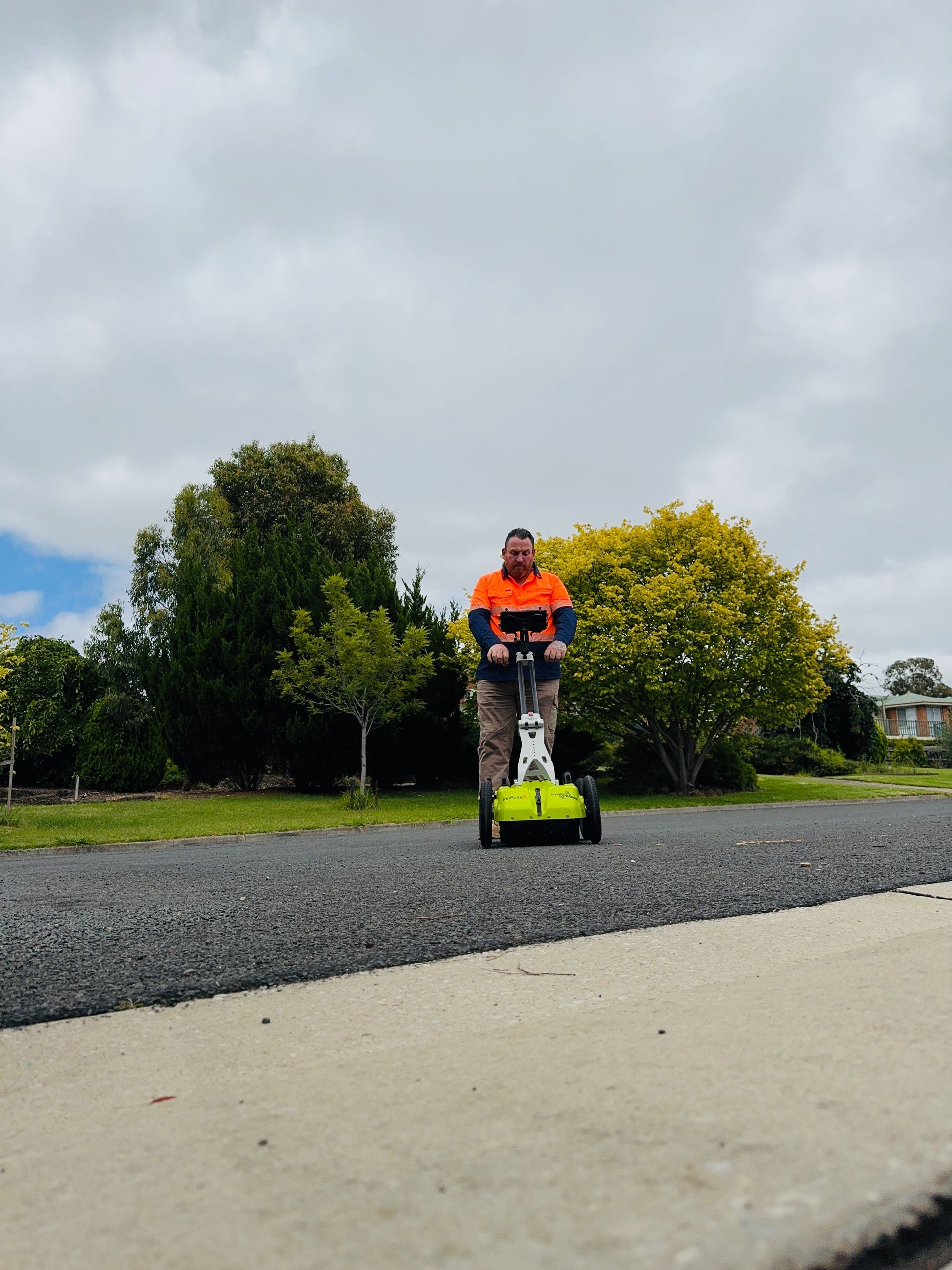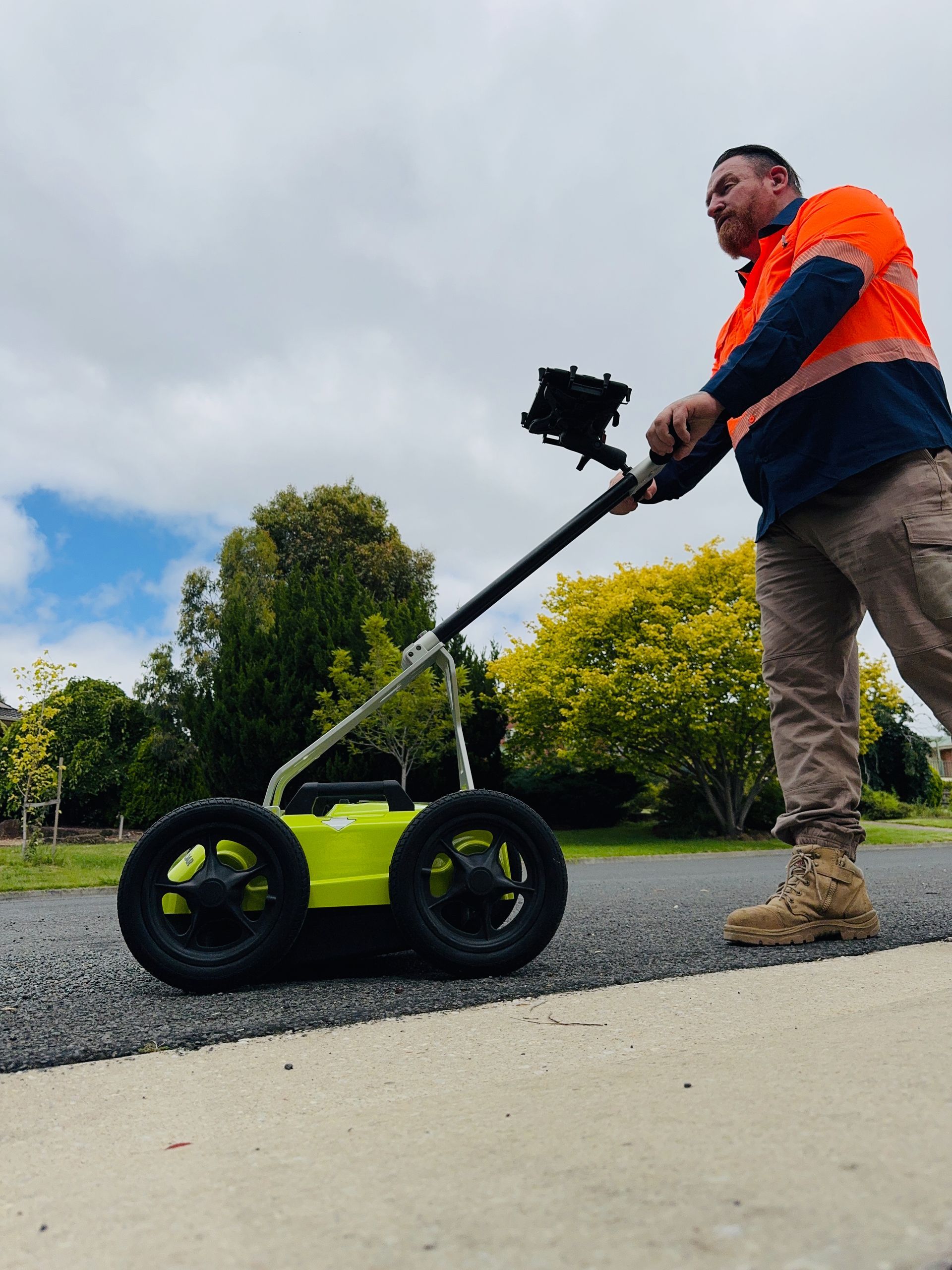Published ~ 20 January 2024
Ground Penetrating Radar for Locating Unmarked Graves
Unveiling the Use of Ground Penetrating Radar for Locating Unmarked Graves
The search for unmarked graves, often a solemn and sensitive task, has historically relied on traditional methods such as manual excavation and visual inspection of burial grounds. However, with advancements in technology, ground penetrating radar (GPR) has emerged as a powerful tool for locating and mapping unmarked graves with precision and efficiency.
Understanding Ground Penetrating Radar (GPR)
Ground Penetrating Radar (GPR) is a non-invasive geophysical method that uses radar pulses to image the subsurface. It works by transmitting high-frequency electromagnetic waves into the ground and recording the reflections from subsurface features, including graves, buried objects, and geological formations.
How GPR Works for Locating Unmarked Graves
GPR is particularly well-suited for locating unmarked graves due to its ability to detect subtle changes in soil density and composition. When radar waves encounter a buried object, such as a coffin or skeletal remains, they reflect back to the GPR antenna, producing a distinct signature on the radar screen. Skilled operators can interpret these signatures to identify potential grave sites and map their locations with precision.
Advantages of Using GPR for Grave Detection
Non-Destructive: Unlike traditional excavation methods, GPR is non-destructive, meaning it does not disturb the soil or disrupt the burial ground. This allows for sensitive and respectful investigation of grave sites without disturbing the resting places of the deceased.
Rapid Data Collection: GPR surveys can cover large areas relatively quickly, making it an efficient tool for surveying burial grounds and identifying potential grave sites. This rapid data collection helps streamline the search process and maximize the chances of locating unmarked graves.
High Resolution Imaging: Modern GPR systems are capable of producing high-resolution images of the subsurface, allowing for detailed analysis of burial features and grave structures. This level of detail enhances the accuracy of grave detection and helps archaeologists and forensic experts interpret the data more effectively.
Challenges and Limitations
While GPR offers many benefits for locating unmarked graves, it is not without its challenges and limitations. Factors such as soil composition, moisture content, and burial depth can affect the performance of GPR equipment and the accuracy of the results. Additionally, interpreting GPR data requires specialised training and expertise to distinguish between burial features and natural subsurface anomalies.
Case Study: Using GPR for Grave Detection
One notable example of GPR's effectiveness in locating unmarked graves is its use in forensic investigations and archaeological research. In recent years, GPR has been employed in various high-profile cases, including the search for mass graves related to historical atrocities and the identification of burial sites in ancient cemeteries.
Conclusion
Ground Penetrating Radar (GPR) has revolutionised the process of locating unmarked graves, offering a non-destructive, rapid, and high-resolution method for surveying burial grounds and identifying potential grave sites. While challenges and limitations exist, GPR remains a valuable tool for archaeologists, forensic experts, and cemetery caretakers seeking to honor the memory of the deceased and preserve their final resting places.
By harnessing the power of technology and combining it with careful analysis and interpretation, GPR continues to make significant contributions to the field of grave detection and cemetery preservation, ensuring that the stories of the past are respectfully documented and remembered for future generations.


